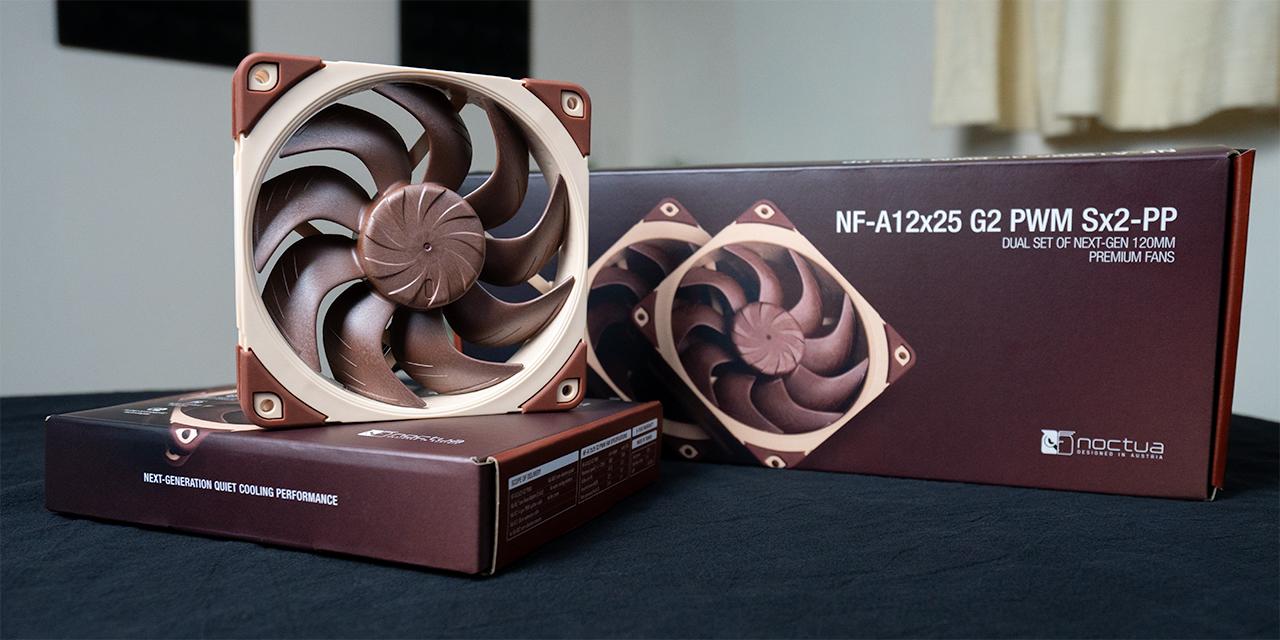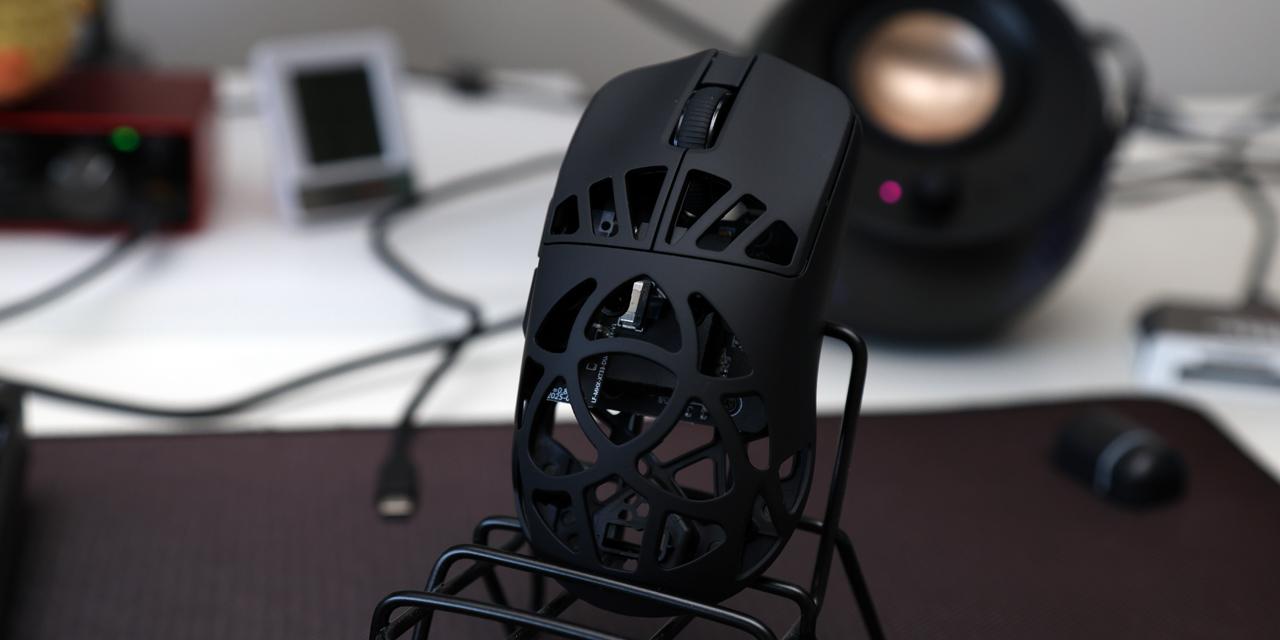|
From X-bit Labs: Intel Corp. on Monday reiterated plans to release new-generation Atom system-on-chip code-named ValleyView with up to four cores and new micro-architecture late this year. According to the world’s largest chipmaker, the code-named "Bay Trail" platform, scheduled to be available for holiday 2013, is already up and running on Microsoft Windows and Google Android and will help enable new experiences in designs as thin as 8mm that have all-day battery life and weeks of standby. In a bid to significantly improve performance of its entry-level offerings, Intel is expected to boost general-purpose x86 performance of quad-core Valleyview chip by up to 50% - 100% compared to currently available Atom solutions. More importantly, Valleyview will integrate seventh-generation Intel graphics core, which is projected to be up to three times faster than existing graphics technology inside Atom chips. In addition, the world’s largest chipmaker intends to integrate various technologies that improve user experience and enhance security into the Bay Trail platform, according to slides published earlier this year unofficially. Intel did not comment on actual features of ValleyView. Considering the fact that Atom “Valleyview” chips will operate at 2.70GHz or higher and will feature up to four cores, it is not surprising that the new low-power platform will be 50% - 100% faster than existing one. However, it does not look that Silvermont micro-architecture is substantially more efficient than existing Saltwell micro-architecture despite of the fact that the Silvermont is out-of-order one and is generally believed to be more advanced than all previous Atom micro-architectures. For the first time in history, highly-integrated Atom system-on-chip will utilize Intel’s own graphics processing technology (current SoCs use PowerVR technology). Thanks to Intel HD Graphics 4000-series graphics core, ValleyView will provide three times higher performance than today’s Atoms for netbooks and nettops. Intel will offer three versions of Valleyview-based platforms: Bay Trail-T (3W), Bay Trail-M (4W – 6.5W) and Bay Trail-D (12W) for tablets, notebooks, and desktops, respectively. Actual SoCs will come in different form-factors, with different levels of performance and even with some feature-set differences. In addition, there will be server solutions based on Valleyview. View: Article @ Source Site |
 |
Intel: Next-Gen 22nm Atom System-on-Chip Already Up and Running
© Since 2005 APH Networks Inc. All trademarks mentioned are the property of their respective owners.





